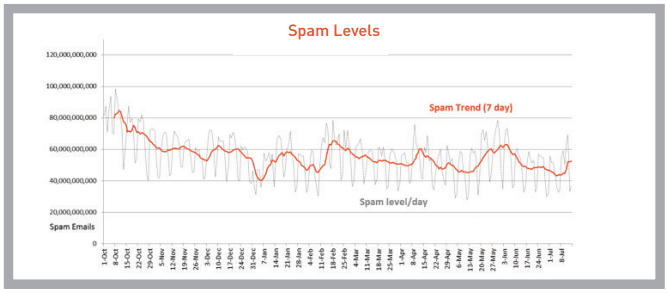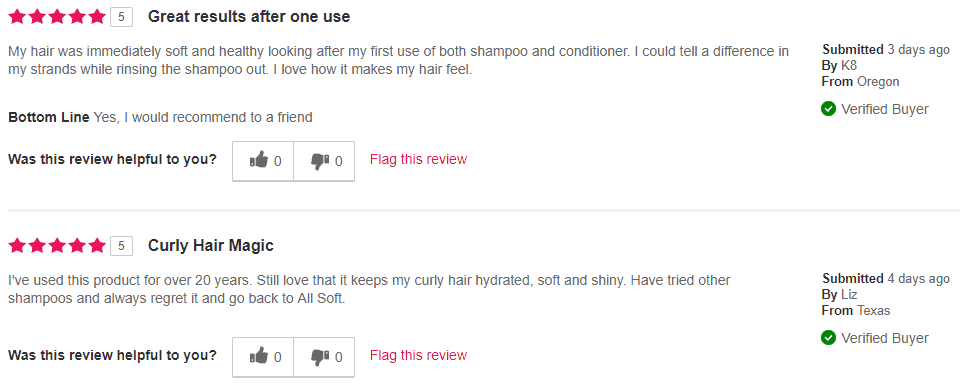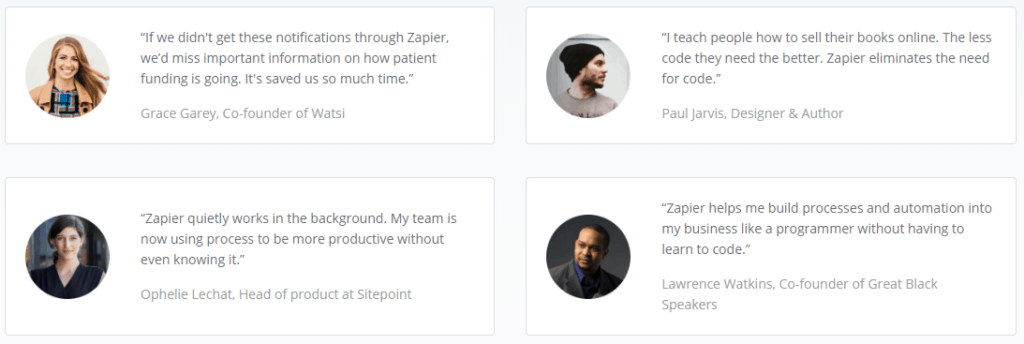
Would you like to generate more social proof online by using reviews and case studies?
We humans like to imitate each other. It is natural. This is one of the reasons why word of mouth is probably the most powerful marketing method. When we need to buy a product or hire someone, we usually look for recommendations from peers and relatives.
But that trend is changing now as more people are looking for solutions to their problems online instead of asking people they know. This is why if you are running a business you should take steps to build online social proof.
What is online social proof?
Doing business online can be scary, since it can be harder to tell whether a business is trustworthy or not. If you can demonstrate to website visitors that people enjoy doing business with you, then you can put them at ease, cultivating a sense that your company is safe, popular and well regarded.
Online social proof is when you display elements like positive reviews, publication logos, client logos and case studies from past customers and clients online. When potential customers are sceptical about buying your products, these reviews can help them to feel comfortable about making the purchase.
For an idea, check out DoFasting. It displays logos, testimonials, and ratings on its homepage which help it gain instant trust from new visitors.

Why is online social proof necessary right now?
As I mentioned in the opening lines, more people are looking for solutions online instead of asking people they know for recommendations. This is because people nowadays are more isolated and they are spending a lot of time online.
The solutions they need are just a quick search away.
When you’re hungry, you search for restaurants on Google, and it will show you the nearest restaurants with the best reviews.
When you need to buy a product, you conduct a search on Amazon and check out and buy products that get the most and best reviews. If you aren’t sure about that porcelain cereal bowl product you’re looking at, then it sure helps to see that over 450 customers have reviewed the dish, with an average rating of five stars.

And when you want to listen to a podcast, you conduct searches on listening apps like Stitcher, and your eyes usually gravitate towards the best-rated shows. Not sure if Marketing School is a worthy listen? Reviews of Neil Patel’s digital marketing program with Eric Siu might help you feel like checking it out, since at least 34 people gave it an average of 4.9 stars.

People are always on the look out for reviews before making a purchase. Customers are likely to spend more when they read great reviews.
People want to read these reviews before making a purchase because of the amount of mistrust they come across on a daily basis. Almost every media has some form of spam.
On an average day, over 54 billion spam emails are sent.

Which one of us hasn’t received an email from a ‘Nigerian prince’ who wants to make us rich?
Then there is the fake news epidemic. When you come across an interesting piece of information online, you always wonder if it is real or if the site is click baiting us through fear mongering and anger to drive more hits.
The list goes on and on. There’s no place where you don’t come across spam. People even fall for romance scams on dating sites.
This is why if you want to generate customers from your online marketing materials you should take steps to get reviews and testimonials and to create case studies.
There’s nothing better than an assurance from a third-party customer who has no direct affiliation with your product or company. It makes people feel more confident about the product they are about to purchase.
How to get reviews that generate the most social proof
Not all reviews are equal. Some will help you generate more social proof and drive better sales. People are smart and seeing all those online scams has helped them figure out fake attempts at generating social proof.
The main point to keep in mind here is to not try and get fake reviews. There are many services that sell fake reviews online. But it is very easy for people to differentiate these fake reviews from real ones. Also, you don’t want to be the sort of person who uses a lie to begin a trustworthy lifelong relationship with a customer.
So, keep it real and only get reviews from real customers. This won’t take up much time as you can send an automated email sequence to every customer who makes a purchase. Just ask them to leave feedback/review on their most recent purchase in the email and provide a link where they can do it.
When you keep it real you will of course get some negative reviews. Nothing is perfect. But they can sometimes have a positive impact on sales. Also, if you reply to these negative reviews som of the reviewers will change their review to a positive one or delete it.
So, respond to all reviews people leave whether they are positive or negative.
How to make your reviews appear more credible:
Here are a few things you can do make real reviews look more credible.
Show a verification badge: If you are running an ecommerce store you can show a verification next to the purchase that informs the reader that the person bought the product before leaving a review. You can see this on the Ulta website.

Right next to the reviews they have a ‘Verified Buyer’ badge. You might have also noticed this on Amazon too. They use the term ‘Verified Purchase’.
Provide more details about the reviewer: Another way to make the review appear more credible is by providing details like the name of the person who left the review. You can also include other details like where they are from, their headshot and their job position.
For an idea on how to get this right, checkout Zapier’s home page.

They display reviews/testimonials from several people there. To make them appear more credible they include details like the name of the person who left the testimonial, the company they work at and their position and their headshot.
Upgrade to case studies: Reviews and testimonials can boost social proof. But if you want to do even better, you should use case studies. When you use case studies you detail how the customer performed before they used your product/service and how they did after. If you can share all this information with visuals and testimonials from the customers, it can generate ample social proof.
Conclusion:
More people are looking for solutions online instead of asking people they know in real life. A simple search online will yield hundreds and thousands of results. You need to convince these ‘searchers’ that your product or service is better than everyone else’s out there. One of the best ways to do this is by generating social proof by displaying reviews and case studies online.
Positive reviews from real people will help you stand out from the crowd. It won’t take much effort from your part to get these reviews as your customers are the ones who leave them. All you need to do is offer the best products or services possible and nudge people towards leaving you a review.
Do you use reviews and case studies to generate social proof? What techniques have worked best for you? Please leave your comments below.
